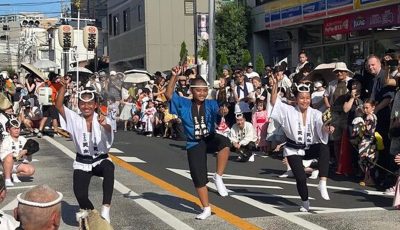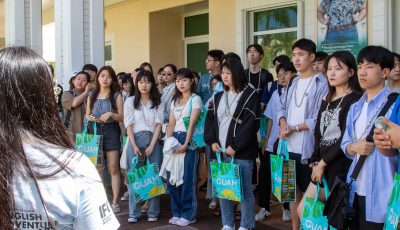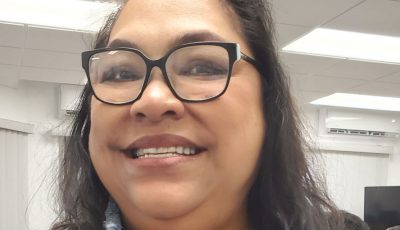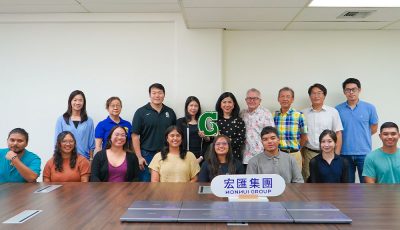A tribute to the late Juan B. Blanco
My deepest condolences go to the family of the late Mr. Juan B. Blanco. He was already a legend in his own lifetime among Japanese knowledgeable about the Japanese colonial time during its South Seas Islands administration (1914-1944) when I came around here in the early ‘70s. FYI, I note below excerpts from an interview of Mr. Blanco conducted at his Saipan residence in June 2002, which was carried in the Saipan-kai (Saipan club, organized by former residents of Saipan during Japanese time) publication No. 3 published in 2003, with my additional notes. I deeply regret that I have forever lost the chance to do a follow-up on this interview with Mr. Blanco.
Mr. Juan B. Blanco was born in August 1923. In 1934 there was a visit to Saipan by an academic investigation group made up of four Japanese university representatives. As the group made visits to kôgakkô (public school for islanders), they paid attention to the fact that islanders are segregated from Japanese in the education system. (To be exact, one school system for people whose language in daily use is not the national language and another for school children whose language in daily use is the national language. See the last page or Appendix C of the eBook at http://paganislandinthedistance.com/pagan_island_in_the_distance.pdf.)
Being sympathetic about the inequality, the group decided to provide an opportunity for a pupil from kôgakkô with a good school record to study in Japan. “Fortunately I was class president in the third grade and was chosen,” according to Mr. Blanco. During the summer vacation (the Japanese school year is from April to March) he was transferred to the third grade class at an elementary school in Tokyo and studied there through the fifth grade. He was transferred to and finished his sixth grade at an elementary school in Shimizu City, Shizuoka Prefecture, where his elder sister Elizabeth was studying at a midwife school (where Miss Maria Arriola and Miss Rufina Muña from Saipan were also studying).
According to Mr. Blanco, three of his sisters got married to Japanese nationals. His eldest sister Maria got married to the eldest son of a Shinto priest, Mr. Kamiyama, who was disinherited and forced to transfer the headship of the family to his younger brother because of his strong desire to marry a Catholic. Mr. Juan B. Blanco was then known by his Japanese name, Seiichi Kamiyama.
There were only four Chamorros who went to study at Nan’yô Saipan Industrial School (which was essentially for non-islanders). “Along with Mr. Vicente Sablan, I was enrolled at the school in 1939 as the first Chamorro students,” said Mr. Blanco. “My classmate Vicente Sablan (Kilili, former Saipan mayor) regrettably was dismissed from school for some reason. Two years younger, Mr. Felipe Arriola was an excellent student and in his second year at the school made a speech at the public hall in Garapan representing the school’s commerce course, but unfortunately passed away during the Saipan invasion (1944). Mr. Joaquin Sablan was also a student there.” Mr. Blanco was the only islander graduate of Saipan Industrial School (in the Commerce Course).
Upon graduation, Mr. Blanco had two options in seeking employment: Japanese military and Nan’yô Kôhatsu [or NKK, the sugar company]. Being advised that in the military, his “islander” status will discriminate him, he applied for and was employed by NKK with the full privileges as a Japanese employee.
After about a month of life in the wild in the northern part of Saipan, Mr. Blanco was taken to the camp for Japanese (there was one for Koreans and another for islanders). Thanks to a Lt. Steven who spoke Japanese, Mr. Blanco was then transferred to the camp that accommodated his family members. His father told him that they had thought that he had not survived the invasion and had already done the nine-day ritual for him.
Noriyasu Horiguchi
Tanapag, Saipan



























